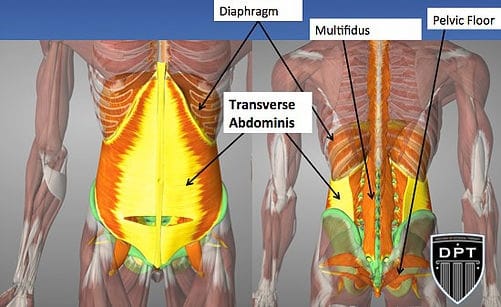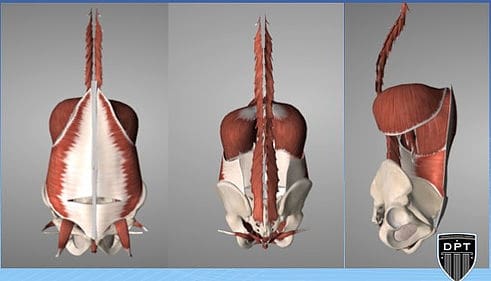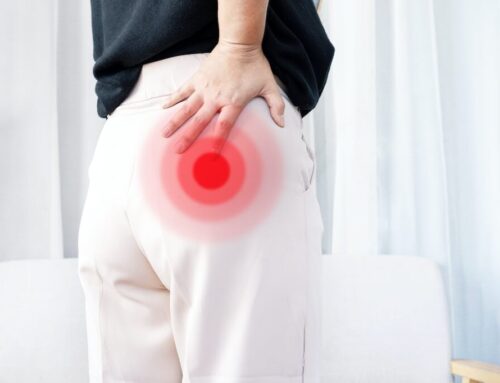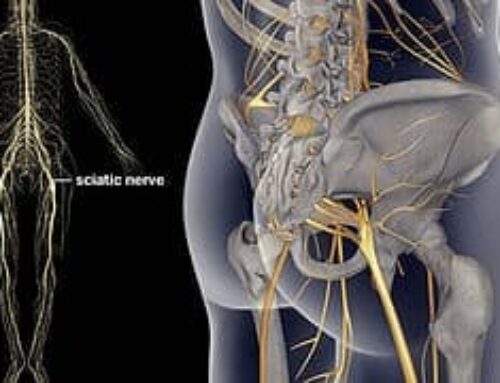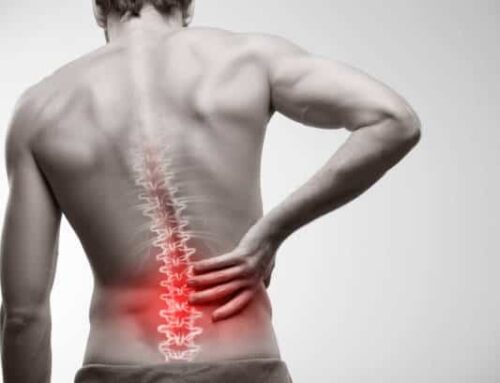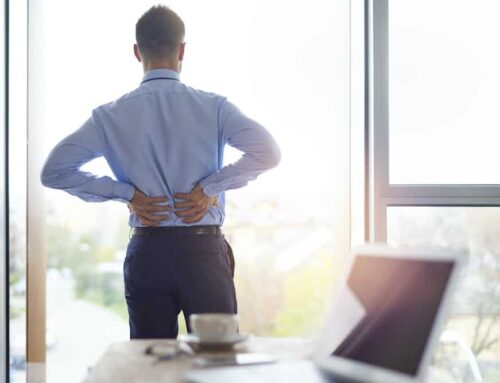The core is your body’s central hub. It provides a storage space and protection for many of your vital organs. The core that we always hear about in the exercise world typically refers to the muscles surrounding your organs. There are several layers to the muscles that surround your core, in fact there are 4 layers of abdominal muscles alone! When the muscles in the core do not work properly it can lead to many issues including hip, knee, or back pain. It can even lead to pain in the upper back/shoulders and neck area. Knowing what the core is and how to properly engage it is essential to anyone looking to feel better and get stronger. Often times, the exercises people do for core strength actually target the large movers of the spine, leading to an imbalance which results in pain. This leaves people feeling frustrated and confused, it’s no wonder that back pain is such a big industry grossing $100billion a year! If you’d like to understand this concept better read our core strength for low back pain blog.
There is research that indicates that when someone has an injury to the low back or core the sequencing of the muscle firing gets disrupted and may not re-establish itself correctly. To be clear, there are smaller muscles that typically fire first in a movement and then the bigger ones help as the task gets harder. So the default order is 1-2. In the case of having an injury, the order may get disrupted and even after the injury is healed your body may still fire 2-1. This can eventually lead to the larger muscles being used for every task, even the small ones. When any muscle is used that often it can easily become overworked and tired, leading to chronic fatigue of the back, and core musculature.
In order to fix this, it is necessary to be able to check two key muscles on your own body. The transverse abdominis, and the multifidi. These two muscles make up the front and back of your core, while the diaphragm and pelvic floor make up the top and bottom walls of your core respectively, see the picture below.
Created with Essential Anatomy 3
If we isolate these muscle groups it becomes easier to see that they actually do, in essence form a literal core. This core is capable of storing a great amount of pressure that stabilizes your spine and allows you to forcefully move heavy objects. This pressure is known as intra-abdominal pressure.
Injury is not always required to disrupt the sequencing pattern of the core musculature. Inactivity of the core musculature for long periods of time can also disrupt the pattern. If someone is always seated at work, then they sit in their car, then sit on the couch, the core musculature is not needed because the body is always supported, so eventually the core muscles become weak and susceptible to injury or poor firing patterns.
For this reason it is essential for both active people looking to stay healthy and continue being active, and people who are looking into getting into an exercise program to master activation of the four layers of the core. For the purposes of this blog we will focus on transverse abdominis and multifidus.
To activate your transverse abdominis you’ll want to place your fingers just inside of your front hip bone (just at your belt line, about even with the mid thigh). Feel for a muscle contraction here as you pull your belly button towards your spine. Hold that contraction as you clear your throat. You should now feel the abdominals press into your fingers. If you’re having trouble with this see the following video.
If you’re having trouble with the contraction, it’s not that you don’t have the muscle, your core just needs to be trained so that you can voluntarily engage it!
In this video you’re also briefly exposed to how to activate your multifidi. If that was not enough, here’s an additional video.
Now that you know how to engage these muscles here’s a great way to test your transverse abdominis strength. Identify what level you’re at and start trying to improve.
Your multifidi are a stabilizer against rotational forces. To start to train these muscles use the following two exercises.
Hip hikes
Stir the pot/Kettle stirs with band
To summarize: proper sequencing and control of your core muscles is necessary to continue being active and to begin being active if you haven’t been on top of it lately. Make sure you identify a level of difficulty that challenges you and hold yourself accountable to progressing.
If you find that you’re having difficulty reaching your performance goals or that you’re limited by pain, give us a call at DPT. Good physical therapy has been found to be the best treatment for back pain. Treating athletes and active individuals is our specialty. We would be thrilled to help you get moving towards your goals without pain.


